Porsche Celebrates 20 years Of The 911 GT3
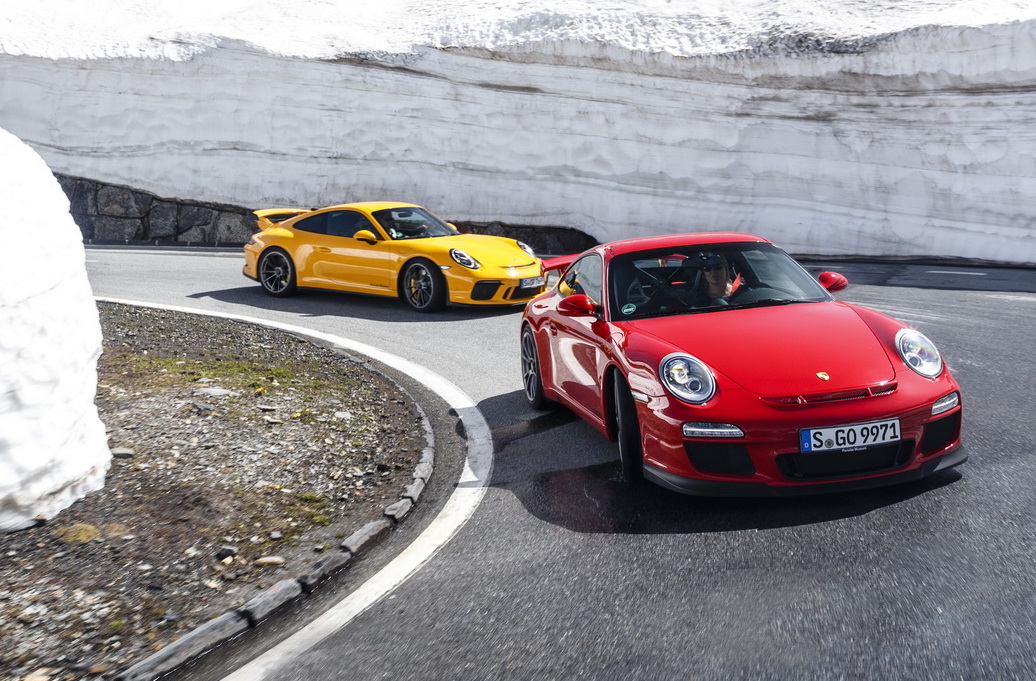
Porsche is having a 20th birthday party for the 911 GT3. The first showing to the world was in March 1999 at the Geneva Motor Show and signaled the beginning of a new era for drivers with high demands for a sports car.
Like no other Porsche 911, the GT3 embodied the distinctive imprint of Porsche Motorsport. Developed by dual world rally champion Walter Röhrl, engineer Roland Kussmaul and Weissach’s Porsche Motorsport specialists, the Porsche 911 GT3 brought the agility of a racing car to public roads in the hands of drivers that wanted more from any other road car.
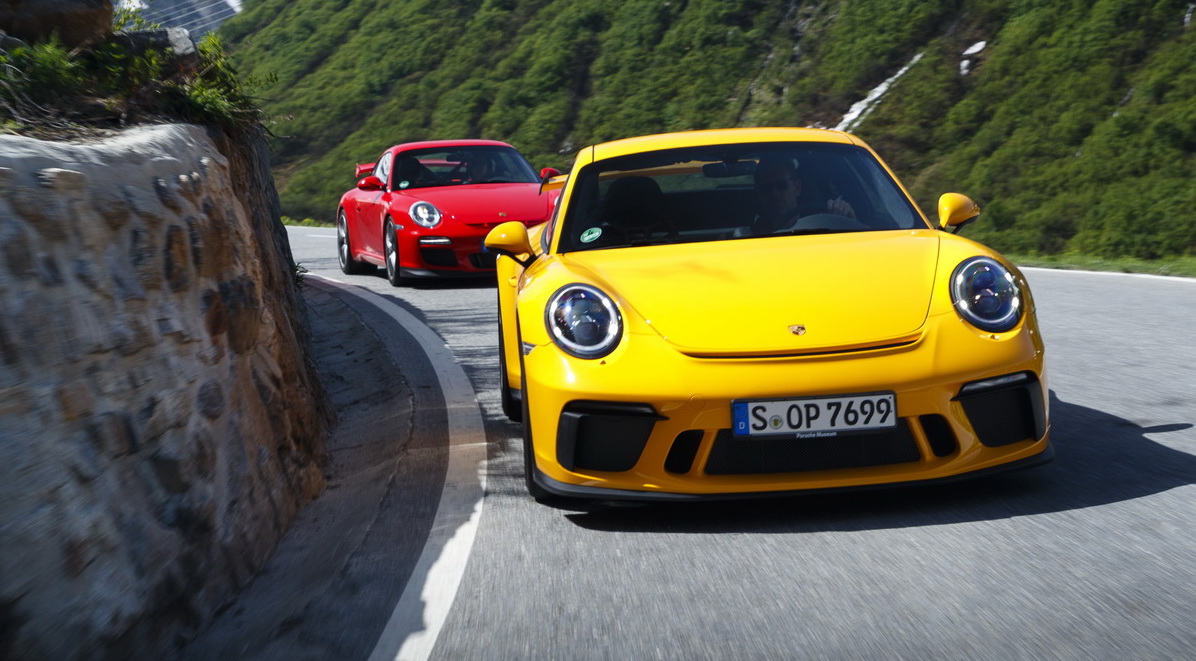
Since then, this street athlete has become faster, more precise and more dynamic with each generation, and with a naturally aspirated engine, manual transmission and rear-wheel drive, it remains the most popular Porsche 911 among racers even to this day.
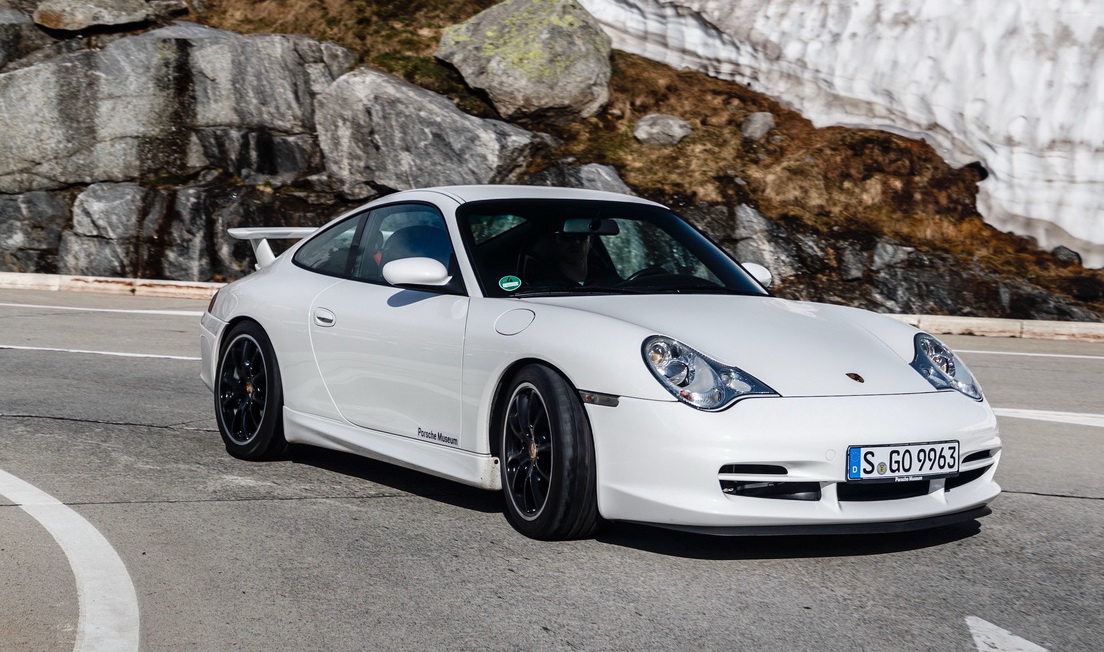
The racing versions of the Porsche 911 GT3 have written history in world motorsport. In addition to countless wins in its category, the GT3 has won numerous major endurance races, including the 24-hour Spa, the 24-hour Daytona and the 24-hour Nürburgring, which it has won seven times since 2000.
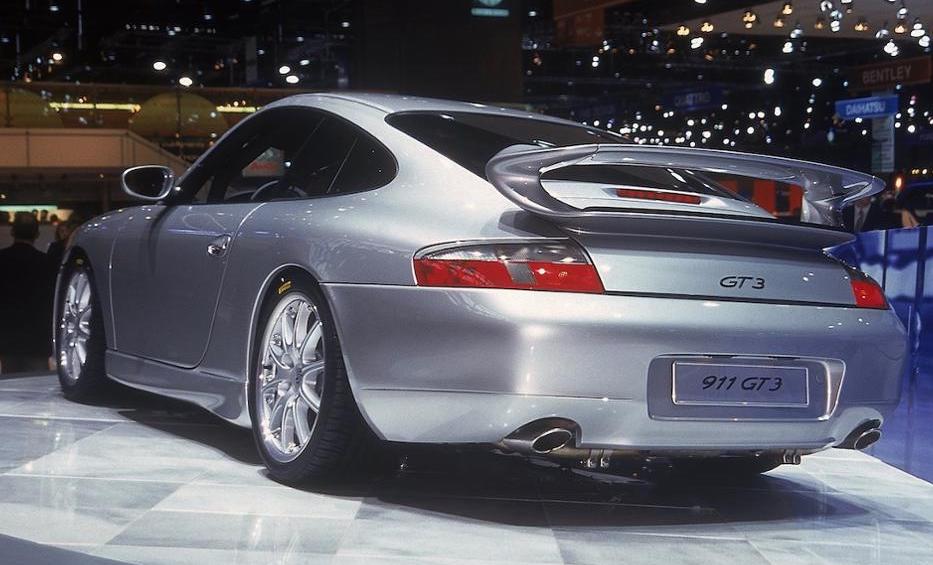
All of these achievements are part of the recipe for the success of the Porsche 911 GT3: motorsport experience and innovation are always incorporated into the development of the next road car. Thus, it is not surprising that around 80 percent of all GT3s ever produced are regularly run on circuits.

The very first 911 GT3 continued the tradition that began in the 1970s with the legendary Porsche 911 Carrera RS 2.7. For the first time, the model that followed it ideologically no longer received the name “RS” (Race Sport), but GT3 with reference to the GT class in which the racing models competed.
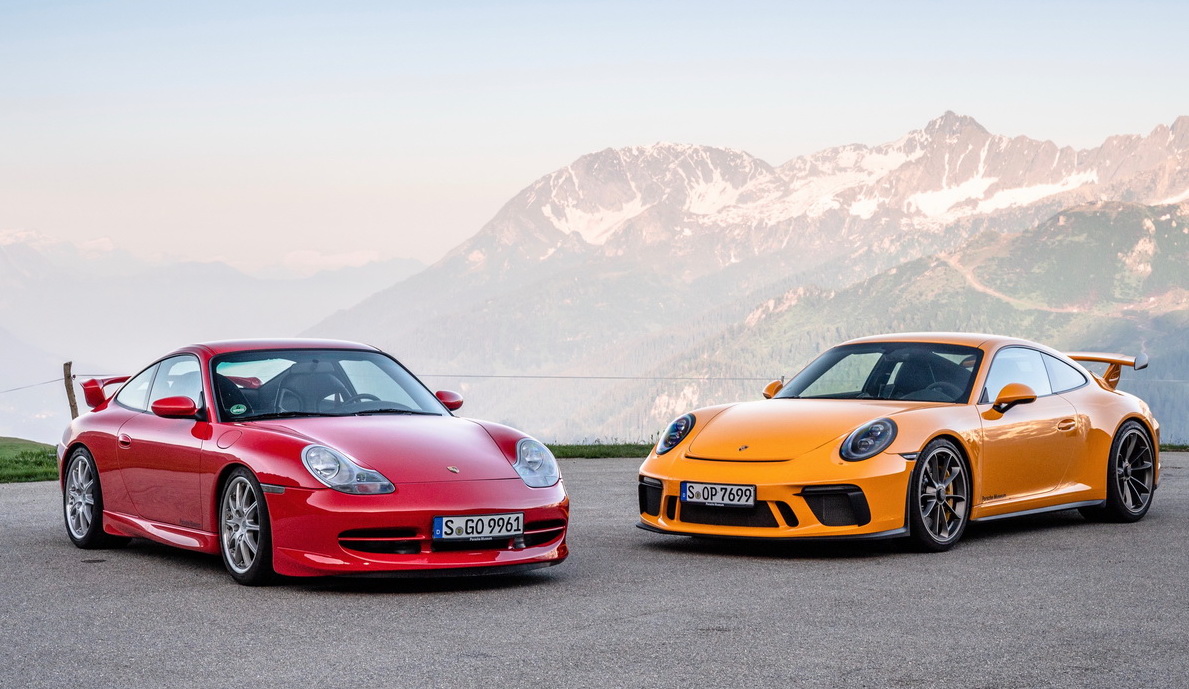
The first 911 GT3 received a 3.6-liter, water-cooled, six-cylinder boxer engine that produced 360 PS. With such power and precise handling characteristics, it was a great surprise at the Geneva Motor Show to let the public know that before the premiere, with the car and Walter Röhrl behind the wheel, a 20.8 km ride on the Nurburgring was completed in less than 8 minutes, setting a record time among street sports cars.

Such exceptional performance was possible not only due to the engine, but also a package of general features precisely regulated. The chassis received a suspension that reduced the ground clearance of the car by about 30 mm, the braking mechanisms were improved, the gearbox was taken from the 911 GT2, etc. The gear ratio, the geometry of the axles, the anti-roll bars and the shock absorbers could be adapted according to the circuit conditions. Lightweight construction was a priority.

A hallmark of its motorsport origins was the fixed rear spoiler. As an option, customers could order their car in a Clubsport specification, which included adding a protective cage to the passenger compartment.
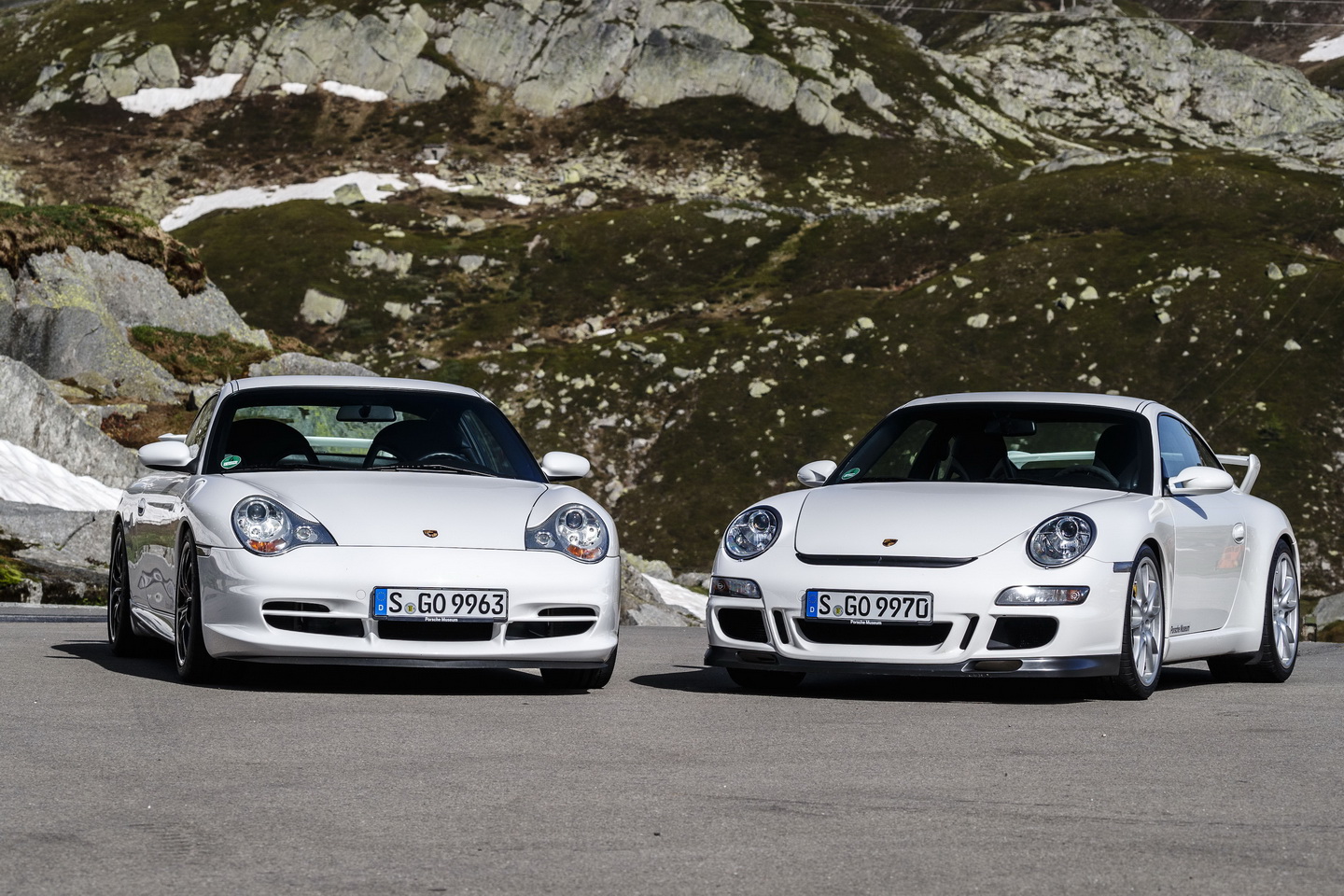
The first few units of the Porsche 911 GT3 left the Weissach production line in May 1999. As a basis for approval, derivative models were followed, which could be used only on circuits and with remarkable results in motor sports in the following years. We are talking about 911 GT3 Cup, 911 GT3 R and GT3 RSR.
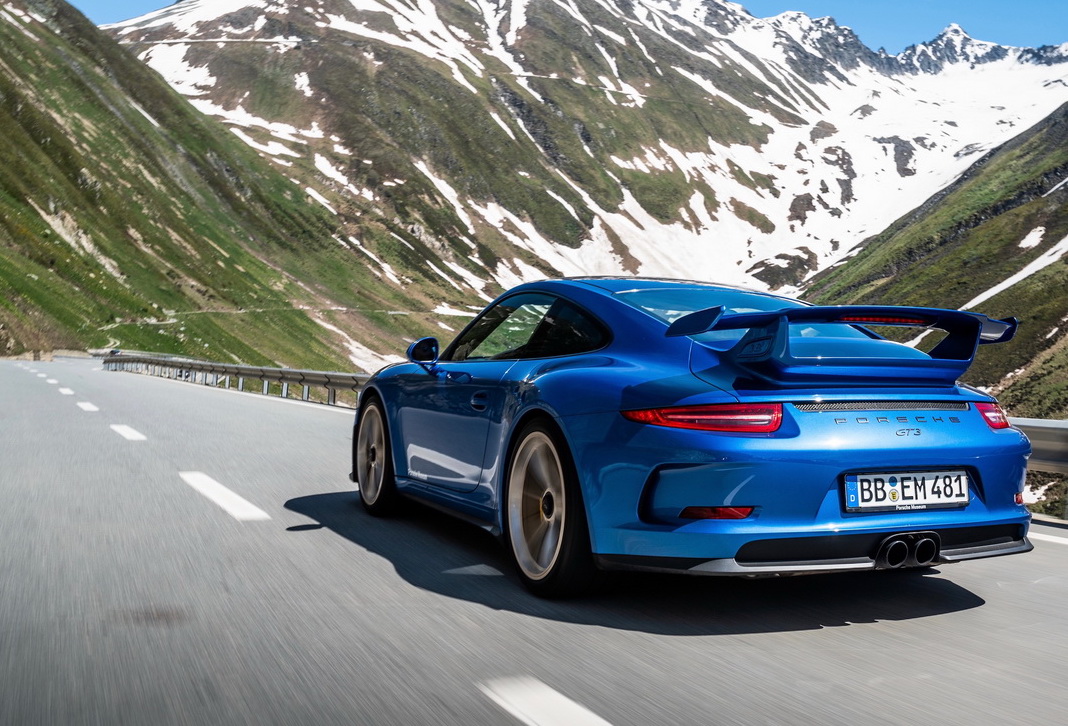
Following the great success of the first 911 GT3, Porsche began to introduce new stages of evolution of the sports car every three to four years.
In 2003, the power of the boxer engine increased to 381 hp due to the use of the continuously variable camshaft control system – VarioCam. At the same time, the GT3 could be ordered with high-performance Porsche Ceramic Composite Brake (PCCB) braking mechanisms.
The next increase in power, up to 415 hp, followed three years later. With increased performance, for the first time, the Porsche 911 GT3 was equipped with an active suspension with Porsche Active Suspension Management (PASM) sports system.
In 2009, Porsche engineers decided to increase the volume of the six-cylinder engine to 3.8 liters, so the number of horses increased to 435bhp.
In addition to the changes introduced by the new 911 generations, the GT3 received a new rear spoiler and a completely new set of panels that cover the underside of the car, all of which resulted in more than twice the increase in force generated.
On the 50th anniversary of the launch of the Porsche 911 in 2013, the fifth-generation 911 GT3 celebrated its world premiere again at the Geneva Motor Show. The engine, transmission, body and chassis were completely new. The propulsion was provided by a naturally aspirated 3.8-liter and 475bhp, coupled for the first time to a double-clutch Porsche Doppelkupplung (PDK). It also debuted for the first time with a rear steering wheel system.
The result of all the interventions was shown on Nurburgring, where this latest version conquered the ‘RING’ in just 7 minutes and 25 seconds, which was more than half a minute faster than the 1999 GT3 car.
The latest version of the 911 GT3 was released in 2017. The development focus was placed on the six-cylinder boxer engine: the volume was increased to 4.0 liters and it already produced 500bhp. It was also offered in combination with a six-speed manual transmission or a PDK.




